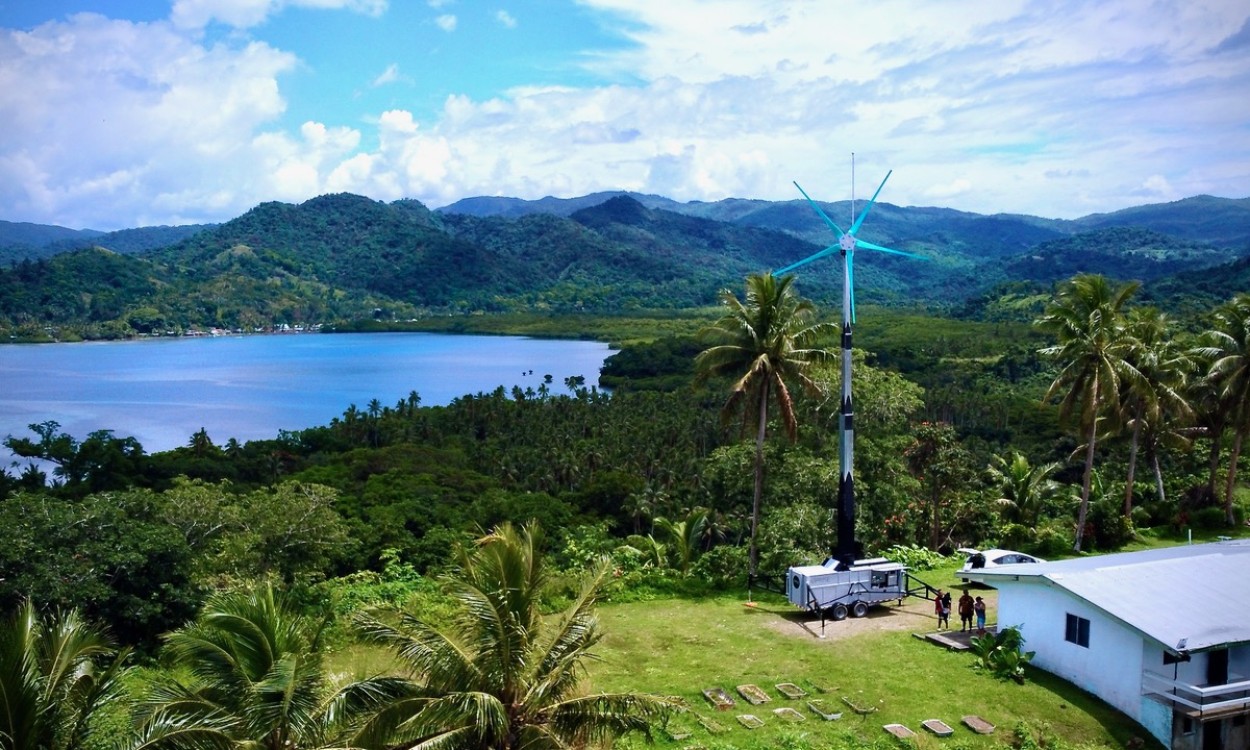Revolutionizing Energy Delivery with Portable Wind and Solar Solutions
Mobile wind and solar-powered nanogrids represent a transformative shift in how renewable energy can be deployed, delivering power precisely where and when it's needed. These innovative systems combine portability with robust performance, enabling rapid deployment of sustainable energy solutions in locations and scenarios previously considered challenging or impossible.
To learn more about innovative mobile energy solutions, visit Uprise Energy.
Unique Value Proposition
Mobile nanogrids offer several distinct advantages:
Rapid Deployment: Capable of being transported easily by standard vehicles, these nanogrids can be set up within minutes, eliminating lengthy installation processes.
Energy Autonomy: By integrating wind, solar, and advanced battery storage, they offer continuous and reliable energy independent of external fuel sources or infrastructure.
Cost-Efficiency: Operating without reliance on diesel or gasoline generators significantly reduces ongoing fuel and maintenance costs.
Environmental Impact: Zero-emission operation helps communities and organizations meet sustainability targets and reduce their carbon footprint.
Resource Independence: Unlike fossil fuel-based generators, mobile nanogrids do not rely on resupply logistics or geographic limitations imposed by traditional power grids, ensuring continuous operation in diverse and remote settings.
Diverse Use Cases
1. Disaster Relief and Emergency Response In the aftermath of natural disasters—such as hurricanes, earthquakes, or floods—power grids often suffer extensive damage. Mobile nanogrids provide immediate power for medical facilities, communications, and emergency operations, bridging critical gaps during recovery efforts.
2. Remote and Off-Grid Communities For isolated communities lacking reliable access to traditional power grids, mobile nanogrids offer an effective and sustainable solution. By harnessing local wind and solar resources, these communities can achieve energy independence, significantly enhancing their quality of life and economic potential.
3. Military and Tactical Applications Military operations often occur in remote and harsh environments. Mobile nanogrids provide secure, autonomous energy, reducing logistical burdens and minimizing exposure associated with transporting fuel convoys. Additionally, they enable silent operation and strategic stealth capabilities.
4. Events and Temporary Installations Large-scale events like concerts, festivals, or sporting competitions traditionally depend on noisy, polluting generators. Mobile nanogrids provide a clean, quiet alternative, substantially improving attendee experience and promoting environmental stewardship.
5. Construction and Remote Worksites Remote construction sites frequently depend on costly and polluting diesel generators. Deploying mobile nanogrids reduces operational expenses, minimizes environmental impact, and enhances energy reliability.
6. Island Electrification Small islands often have unreliable and expensive power sources. Mobile wind and solar nanogrids provide these islands with reliable, affordable, and sustainable energy, reducing dependence on imported fossil fuels and promoting economic resilience.
Conclusion
The versatility and efficiency of mobile wind and solar-powered nanogrids position them as a critical solution in our global energy transition. Their unique capability to deliver clean energy directly to the point of use—quickly, cost-effectively, and sustainably—makes them ideal for diverse applications across emergency services, remote communities, tactical operations, events, and beyond. As the world moves toward decentralized and resilient energy systems, mobile nanogrids represent a powerful step forward in redefining how energy is generated, delivered, and utilized.





There are currently no comments. Be the first to comment on this article
Want to leave a Comment? Register now.